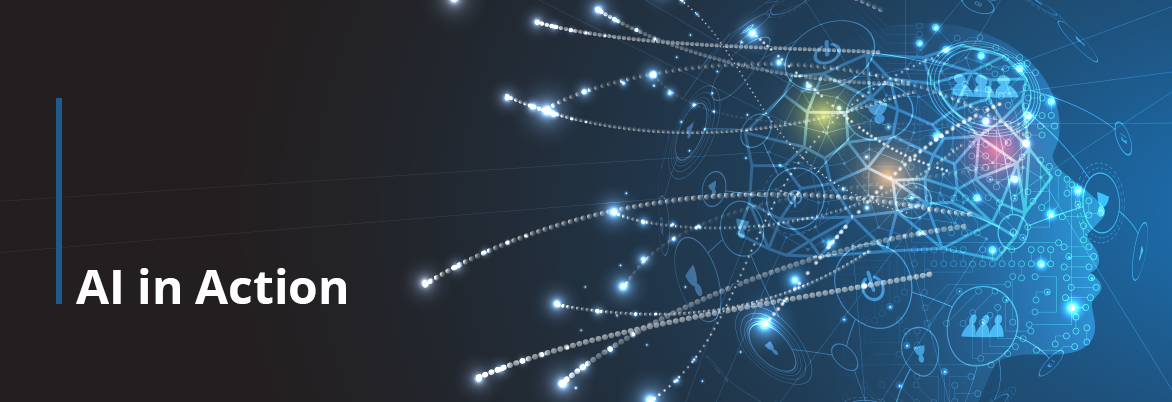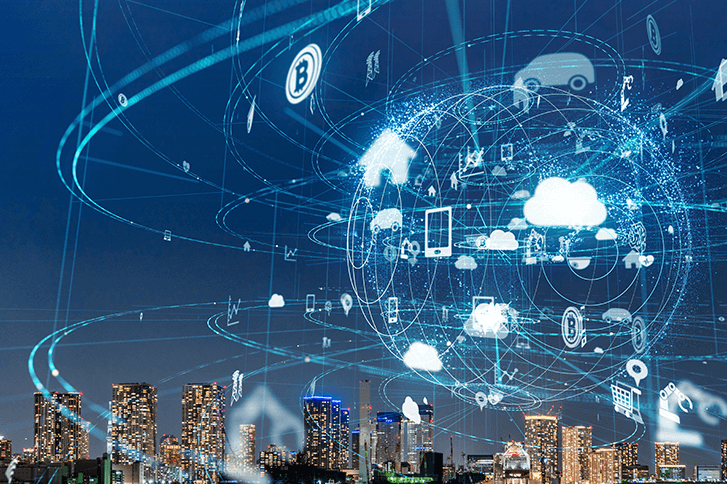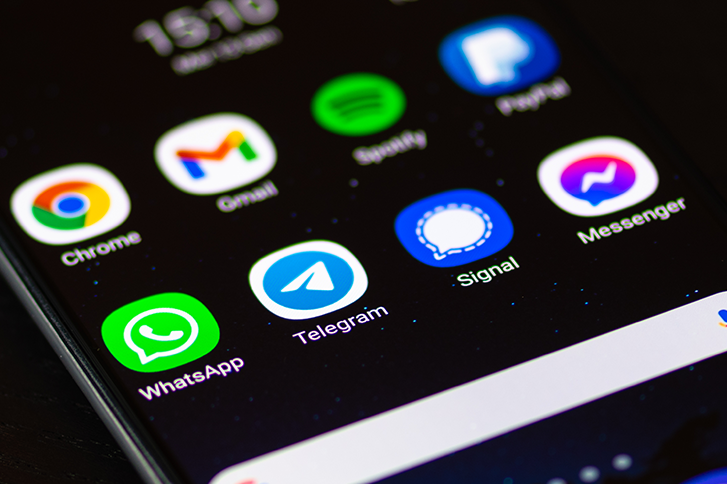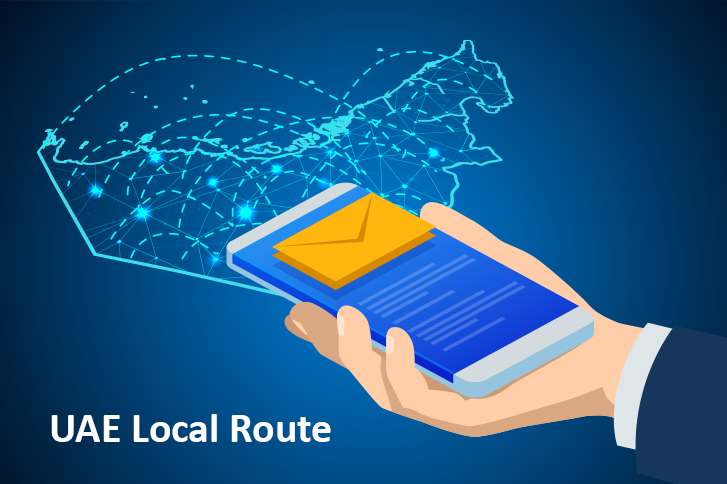A new era of technology is dawning upon us. We’ve already witnessed the emergence of artificial intelligence (AI) and now it is set to take over all walks of life over the next couple of decades. This exciting transformation of the world is happening as you read this.
The mechanization of manufacturing processes during the Industrial Revolution was our first introduction to technology and since then we’ve watched more processes across industries become automated. But AI is not mere automation of repetitive tasks.

AI possesses skills that we commonly associate with human intelligence such as learning, planning, reasoning and most importantly decision making. This skillset allows a wide range of tasks to be accomplished that would have otherwise required considerable amount of time and man power.
AI learns by being trained with large quantities of data. If we take the example of identifying cats in images, the AI would be trained by using thousands of images. By identifying recurring patterns in these cat images it learns to recognize cats. The brain of the AI – a vast neural network, performs this task based on algorithms. This method of learning without explicit instructions is called machine learning which is considered to be a subset of AI.
Let’s revisit some examples of AI in action today to better understand the current capabilities it possesses:
- Virtual Assistants: The launch of virtual voice assistants like Siri, Google Now and Cortana was revolutionary at the time. Such virtual voice assistants use machine learning to adapt to accents and understand questions. This particular application of AI indicates how decisions can be made about highly unpredictable data which in this case would be the wide variety of questions that can be posed to the virtual assistant.
- Self-Driving Cars: As of 2016, all Tesla cars being produced possess hardware to run completely autopilot. This is a landmark achievement in the realm of AI and we can expect more automobile manufacturers to follow suit. Self-driving cars may have a long road ahead until they receive acceptance across the world, but manufacturers are convinced that they’re safer than human operated vehicles.
- Netflix: This popular entertainment streaming platform has revolutionized the entertainment industry and one of its most popular features is the suggestions it provides. Many Netflix fans are probably unaware that this feature is based on well trained AI. It analyses its database of content and provides suggestions of content it thinks you would appreciate based on your watch history and feedback on the same.
- Sophia: Another phenomenal example that showcases the capabilities of AI today is the popular robot Sophia. Sophia is a social humanoid robot, the camera within its eyes coupled with algorithms allow Sophia to see, recognize faces and maintain eye contact with humans. Sophia is also programmed with pre-written responses for several questions that create the illusion of understanding a conversation. Robots like Sophia are expected to be a good fit for the customer service industry.
Now that we have taken a glimpse of where AI stands today, let’s take a look at where AI is headed in the future.
- Automation of dangerous jobs: The rise of AI is often linked to the assumption that humans will be replaced across sectors of work. There is some truth to this but one positive aspect that should be highlighted is the fact that AI can take over dangerous jobs. Mining, bomb defusing, welding are amongst the several jobs in which AI will be deployed in.
- Cyborg Technology: Many experts believe that humans will augment cyborg technology to their bodies to improve their natural abilities, in the future. This is particularly useful for people with physical disabilities as robotic limbs could give them a chance to lead normal lives.
- Solving big problems: One of the biggest problems plaguing us in the 21st century is that of global climate change. While humans are working around the clock to find sustainable solutions to circumvent this issue, AI can go an even longer way in providing solutions. The unparalleled ability of AI to scan and analyze large volumes of data could lead us to some breakthroughs that we haven’t considered yet.
- Drones: We can expect drones to become ubiquitous in the future, the impact that they will have on the world can be compared to how smartphones revolutionized all walks of life over a short period of time. Drones are mainly expected to be deployed for deliveries, this can also help in providing emergency medical assistance faster than ever before. Increased security could also be achieved by the usage of drones.
While we can’t completely map out the evolution that has been set in motion, there’s no doubt that there’s plenty to look forward to in the future.



